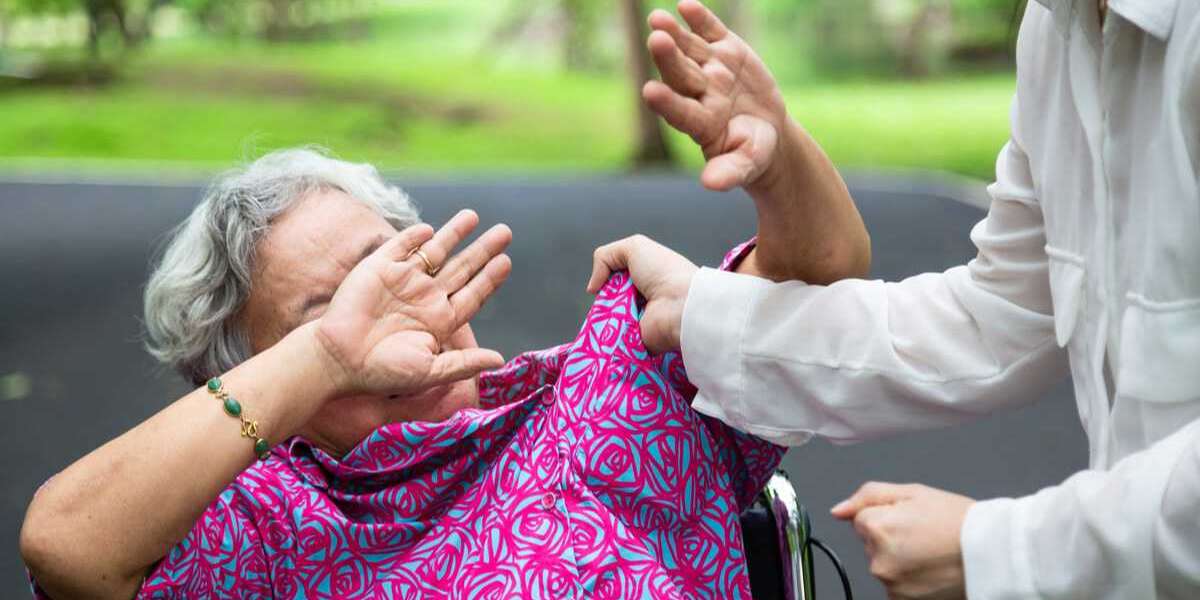During the last several decades, there has been a considerable growth of attention towards this issues in good articles to critique, in particular to recognizing and stopping elder abuse. This problem can have different manifestations, and there exist a variety of measures and means that help to prevent the abuse of elderly people.
Elder abuse can have quite diverse definitions that may vary across nations and cultures. Attitude towards the elderly population might differ drastically from country to country, and there are different legal protection methods of such individuals at an official level in different states. Most commonly, elder abuse is described as an intended or unintended mistreatment of an elderly person that may cause or causes harm to this vulnerable individual (Hooyman, Kiyak, Kawamoto, 2015, p. 213). Thus, elder abuse is perceived as harmful actions towards an elderly person.
Although any elderly person is not protected against being abused at any time, there are the most usual profiles of the abused and the abuser. White women over 75 years old happen to be among the abused most often. Their relatives are frequently the abusers of these elderly people (Gross Huang, n.d.). As multiple researches demonstrated, abusers often experience problems related to physical or mental health; in addition, there is a high probability that they suffer from drug addiction or alcohol addiction, as well as social isolation (Hooyman et al., 2015, p. 213).
There is a wide network of various mechanisms in the US to prevent elder abuse. For example, Adult Protective Services in every state are responsible for coordinating a whole cycle of anti-abuse preventive measures, starting from reporting and evaluating dangers to implementing care plans and monitoring. These services have phone numbers where a person can call and confidentially report abuse. Moreover, The National Committee for the Prevention of Elder Abuse, a nonprofit non-governmental organization, is also operating in this field and implements various programs across the US, such as trainings for bank personnel to recognize and prevent elder abuse or expert consultations for professionals (Hooyman et al., 2015, p. 216-217). Therefore, both the US government and civil society groups adopted diverse measures to help resolve this problem.
Furthermore, reporting elder abuse is mandatory for healthcare professionals in all states, and not doing so can have legal consequences, such as criminal prosecution. Caretakers usually have to report either to an ombudsman or to law enforcement authorities, call the Adult Protective Services and Elder Abuse Hotline, or send a message via the Internet. Every state has its own legal provisions regarding the issue; however healthcare professionals are recognized as mandatory reporters by the legislations of each of them (“Mandatory Reporting Statutes for Elder Abuse,” 2016). In addition, according to the Penal Code 368, failure to report about abuse against an elderly person “is punishable by imprisonment in a county jail not exceeding one year, or by a fine not to exceed six thousand dollars ($6,000), or by both that fine and imprisonment, or by imprisonment in the state prison for two, three, or four years” (“Penal Code – Section 368,” n.d.). Moreover, health professionals have to support overburdened caregivers by instructing the latter about available resources. Community resources can be the following: mobility impaired transportation services, support or senior groups, senior or adult day health centers, respite care and home health care, churches and worship centers, meals on wheels, hospice care, companion services, hospital clinics, etc. (Gross Huang, n.d.). Therefore, there exist different measures that help to prevent elder abuse, and healthcare professionals play a crucial role in dealing with the issue.
In conclusion, the problem of elder abuse is an important issue in the modern society. Although the initial recognition of the problem might be quite difficult, there are different mechanisms that make it possible to report elder abuse. Those approaches and interventions help to resolve different cases of elder abuse.








